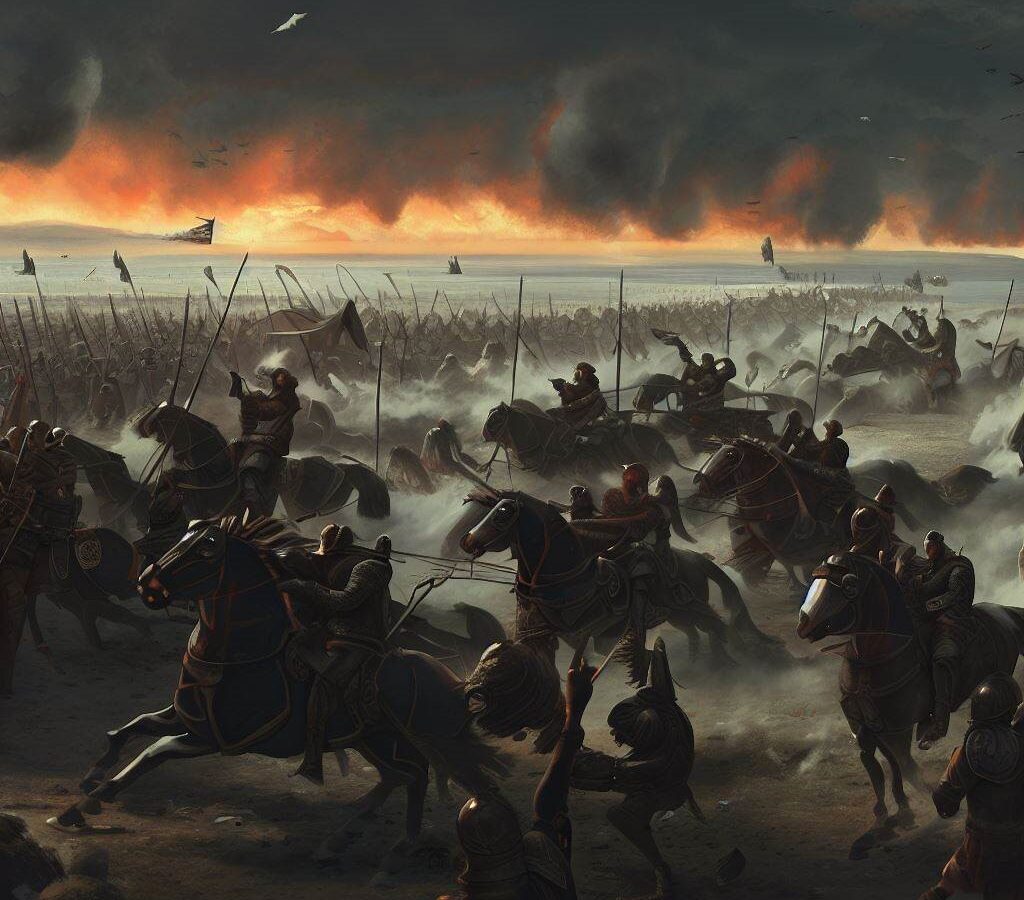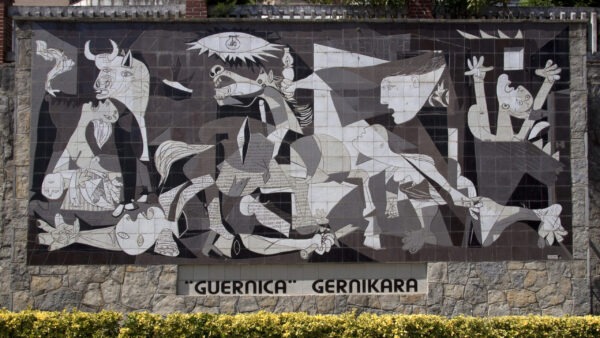Few battles are studied with as much awe and admiration as the Battle of Cannae. Fought over two millennia ago in the flat fields of Southern Italy, this pivotal clash showcased Hannibal Barca’s unparalleled tactical brilliance and left an enduring legacy. But what precisely made Cannae such a watershed moment?
Why Cannae Remains Legendary
Cannae’s fame stems from multiple factors. First, Hannibal’s tactics have been pored over for generations in military academies worldwide. His infamous encirclement maneuver stands alone as a case study in strategy. Second, the scale of Rome’s defeat sent shockwaves through the Republic and altered the course of the Second Punic War. Over 50,000 legionaries fell that day. The tragedy’s magnitude burned Cannae into history’s pages. Lastly, Hannibal leveraged his victory into further successes, spotlighting vulnerabilities in Rome’s war machine just as its power was ascending.
The Battlefield Revealed
Visiting Cannae today, one can walk the very ground where history was made. Near the town of Canosa di Puglia lie the remnants of the fateful fields. Though now serene pastures, the terrain’s subtle undulations factor into analyzing Hannibal’s plan. The nearby Aufidus River also played a role, constricting the battlefield and stymying Roman escape. Exploring this landscape illuminates how geography impacted Hannibal’s every cunning decision.
An Overwhelming Carthaginian Triumph
Despite facing staggering numerical inferiority, Hannibal scored an annihilating victory over the Romans. Through deception, coordination and adaptability, he turned his ally’s weakness into strength. This mastery of “defeating the strong with the weak” earned the Carthaginians their finest moment, though Rome would retaliate ferociously in the years to come.
Hannibal’s Devilish Design
To dissect Hannibal’s devilish strategy is to grasp military genius itself. The crux involved a deceptive double envelopment facilitated by mixed troop positioning. His Gallic and Numidian cavalry swept around the flanks under cover of the withdrawing center’s ethnic divisions. Further, Hannibal leaned into the arrogance of his opponent, General Varro, motivating a reckless overcommitment of legions into his trap. Through psychology, movement and misdirection, he transformed the Romans’ might into an imprisoned doom.
Calculating the Heavy Cost
As for mankind’s recurring bloodletting, over 50,000 sons of Rome fell at Cannae according to enduring estimates. Against barely 6,000 Carthaginian casualties, the ratio hints at Hannibal’s frightening efficiency. No less than eight Roman consuls perished, gutting the Republic’s highest ranks. Yet while Rome absorbed this blow, Hannibal’s ghost would haunt its fields for years more as it fought to expel the wily invader from Italy once and for all.
Hannibal’s Harrowing Legacy
Over two millennia later, students of warfare still analyze each facet of Hannibal’s Cannae scheme. From the double envelopment’s ingenious choreography to his troop dispositions and psychological ploys, it endures as a flawless case of turning adverse circumstances upside down through generalship alone. Though ultimately defeated, Hannibal shepherded a much inferior force to the brink of toppling history’s emerging superpower. In so doing, he etched his name forever in military lore’s highest pantheon. At Cannae, on that ill-fated summer day, Hannibal proved himself a master of battles, and of men.
For a more detailed historical account, you can visit Wikipedia’s page on the Battle of Cannae.

Originally posted 2023-09-11 20:19:39.




